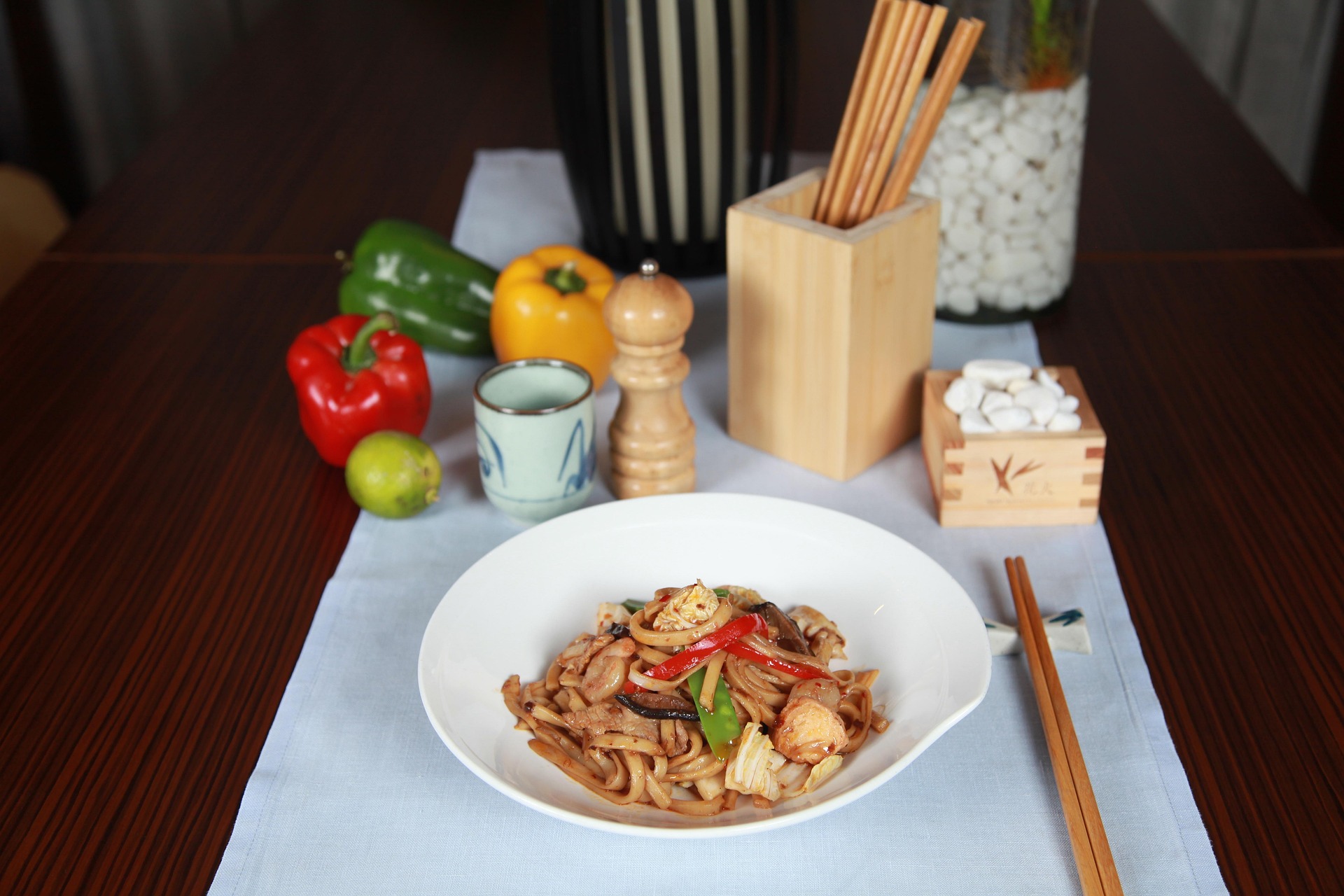Discovering the Wonders of Indonesian Cuisine: A Journey into Flavor
Indonesia, with its vibrant food culture and diverse flavor profiles, offers a culinary adventure for eager food enthusiasts. This article dives into the exciting world of Indonesian cuisine and highlights some unique dishes, cooking techniques, and culinary trends that are currently shaping this dynamic food scene.

A Melting Pot of Culinary Traditions
Indonesia is a melting pot of different cultures, and this diversity is reflected in its cuisine. Influences from India, China, Middle East, and the West have shaped the flavors and techniques of Indonesian cooking, resulting in an exciting blend of tastes. Dishes like “Nasi Goreng” (fried rice), “Sate” (grilled skewers), and “Rendang” (spicy meat dish) are staples that showcase the fusion of these influences.
The Spice Islands: Indonesia’s Flavorful Heart
Historically known as the “Spice Islands,” Indonesia’s Maluku archipelago is renowned for its rich variety of aromatic spices. Nutmeg, cloves, and mace, indigenous to these islands, have been traded globally for centuries and play a crucial role in Indonesian cooking. These spices, combined with local produce, create an array of dishes bursting with unique flavors.
Street Food: An Authentic Taste of Indonesia
Street food is a fundamental part of Indonesian culture. From bustling city markets to quiet village stalls, these street-side eateries offer a window into the heart of Indonesian cuisine. “Martabak” (stuffed pancake), “Bakso” (meatball soup), and “Pisang Goreng” (fried banana) are popular street food items that provide an authentic taste of local flavors.
The Rise of Vegan and Vegetarian Indonesian Cuisine
As the global trend towards plant-based eating grows, Indonesian cuisine is adapting with a surge of vegan and vegetarian options. Traditional dishes are being reinvented with plant-based ingredients, offering a new perspective on Indonesian food. This trend is not only promoting healthier eating habits but also expanding the culinary landscape of the country.
Indonesia’s Unique Beverages: Beyond Coffee and Tea
While Indonesia is famous for its coffee and tea, the country also boasts a variety of unique beverages. “Jamu,” a traditional herbal drink, is gaining popularity for its health benefits. Meanwhile, “Es Cendol,” a sweet dessert beverage made from rice flour and coconut milk, is a beloved treat enjoyed across the country.
-
Interesting Facts about Indonesian Cuisine:
-
Indonesia is the world’s largest producer of nutmeg.
-
“Rendang,” a spicy meat dish from West Sumatra, was voted the World’s Most Delicious Food by CNN readers in 2011 and 2017.
-
Indonesia has more than 5,350 traditional recipes, highlighting the diversity of its cuisine.
-
In conclusion, Indonesian cuisine is a fascinating blend of diverse cultures, historical influences, and local ingredients. As the food scene continues to evolve, it remains deeply rooted in tradition, offering an exciting culinary journey for food enthusiasts. Whether you’re sampling street food, exploring plant-based options, or savoring traditional dishes, Indonesian cuisine promises a thrilling adventure into flavor.






